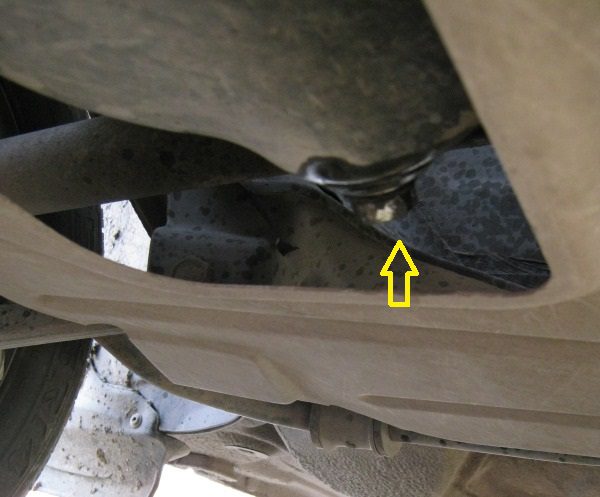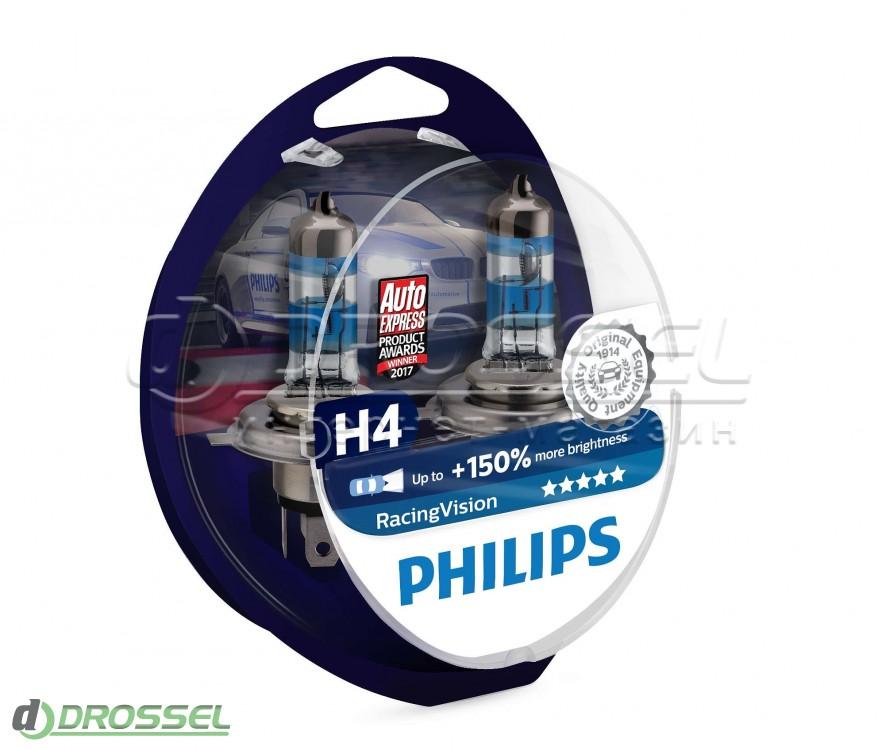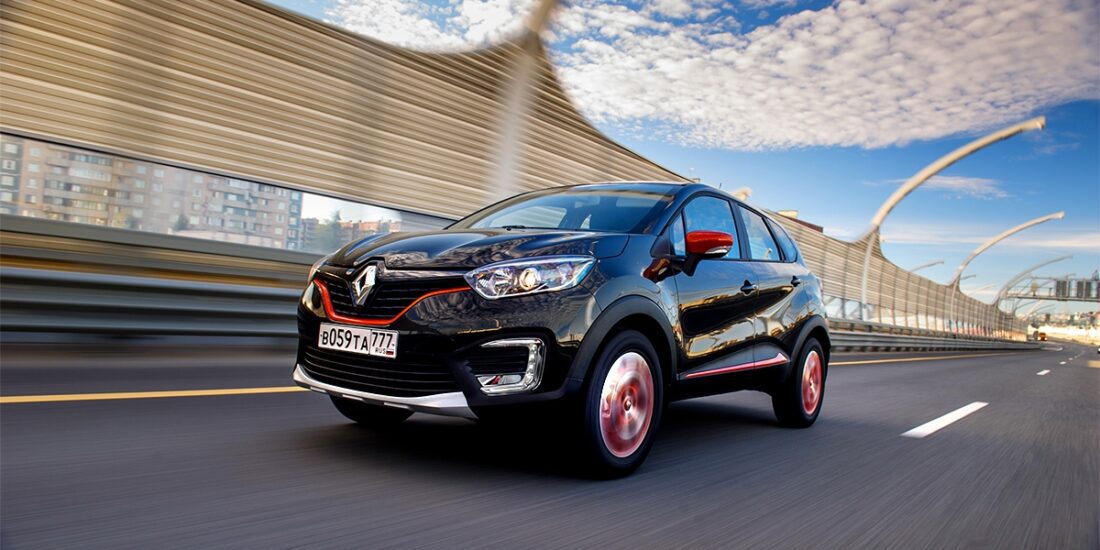
Test drive Renault Kaptur CVT
The transmission of the French crossover is trained to portray "automatic" - this gives the acceleration energy and emotion
In the rear-view camera of the Capture, the bumper of an American car of the 1950s with a predatory shine of chrome fangs moves. The compartment parked outside the hotel is painted in two colors in the fashion of the time, like the French crossover. This color is strongly associated with the premium class, but Renault offers it for an inexpensive mass model. A few months after the start of sales of Kaptur, the French manufacturer created a whole “atelier” - the Atelier Renault individualization program with the capital letter in the form of the Eiffel Tower. In addition, the crossover received a new transmission - a variator.
The color differentiation of the roof is becoming more accessible - in addition to Renault, Suzuki offers it for the Vitara. Looks great, even with a dark brown body, not to mention orange and turquoise, and makes the car more expensive than it actually is. Now you can add “orange fresh” to the color cocktail - give the car individuality with the help of wheels with orange elements, moldings, body linings and mirrors of the same cheerful color. All of these items are available individually (rims plus mirrors, rims plus moldings) or as a complete kit for just $392. For a surcharge, you can put a geometric pattern on the roof and decorate a simple interior with the Orange package - bright inserts on the seats, center console trim and orange floor mats.
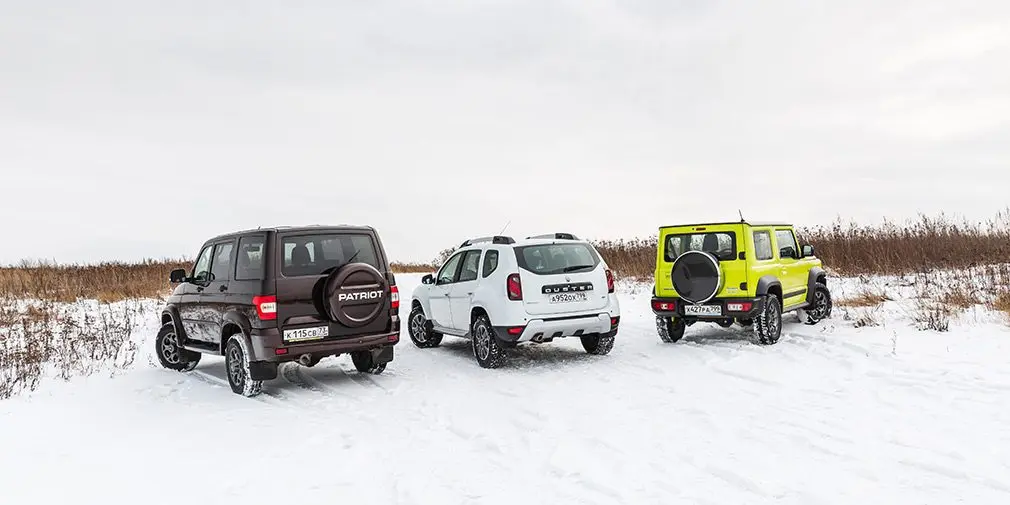
Stylish and cheap cars are historically two of the best fortunes of the French car industry. Kaptur has both. Graceful French body lines and a simple B0 platform underneath. Renault speaks carefully about the relationship between Kaptur and Duster: the "trolley" has been greatly modernized and is called differently - Global Access. Another name, but the B0 features such as a heavy, unadjusted steering wheel and an omnivorous chassis are still there. And if you can come up with as many different external decorations as you like, then changing something in the technique will not work out so easily.
Nevertheless, a new transmission - a V-belt variator - was added to the Kaptyur's arsenal. Until now, the only and uncontested automatic transmission option was offered for Kaptur - the 4-speed DP8 automatic transmission. The French reported that after more than 20 years they managed to make the automatic transmission reliable: a special heat exchanger was added to the modification for crossovers, which excludes overheating in difficult road conditions. The nervous character of a middle-aged "machine gun" cannot be changed. Before the test, I specially traveled on a two-liter car with this transmission - the shifts are not always logical, a good third of the engine's declared recoil disappears somewhere on the way to the wheels.
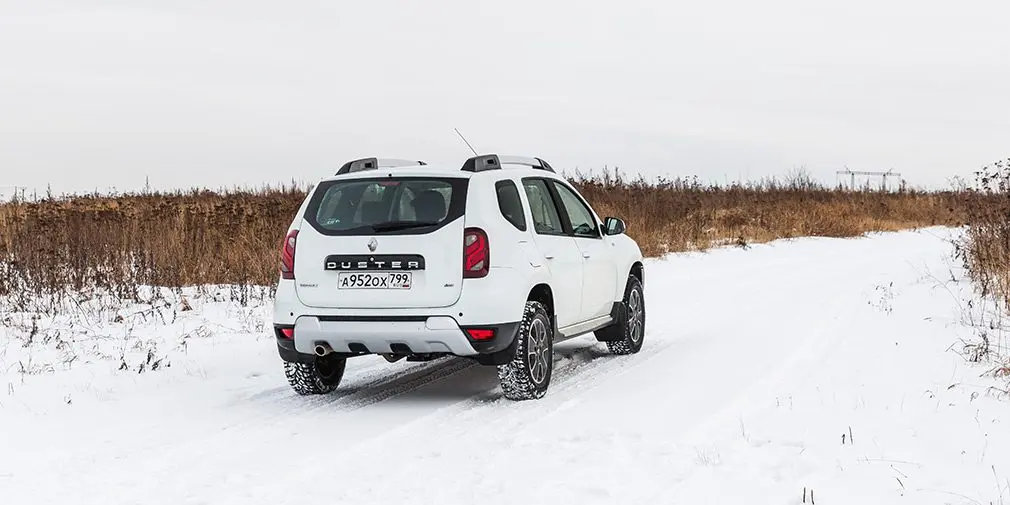
Unlike the hard worker Duster, the Kaptur with its color filters is a stylish urban gadget. This is the only Renault model that can be ordered online through the website. Not the most modern "automatic" looks here, like buttons from Nokia 3310 on a smartphone. Renault simply does not have another available hydromechanical transmission: the French automaker is focused on Europe with its "mechanical" preferences. It is unprofitable to develop an affordable automatic transmission with low demand.
Despite the price tag exceeding $ 13 114 Kaptur with "automatic" is in good demand. In fact, a buyer who does not want to change gears in a traffic jam is forced to overpay for something he could do without - a 4-speed automatic transmission comes only with all-wheel drive and the most powerful two-liter engine. The version with a variator is just playing down - the base engine is 1,6 liters (114 hp) and front-wheel drive.
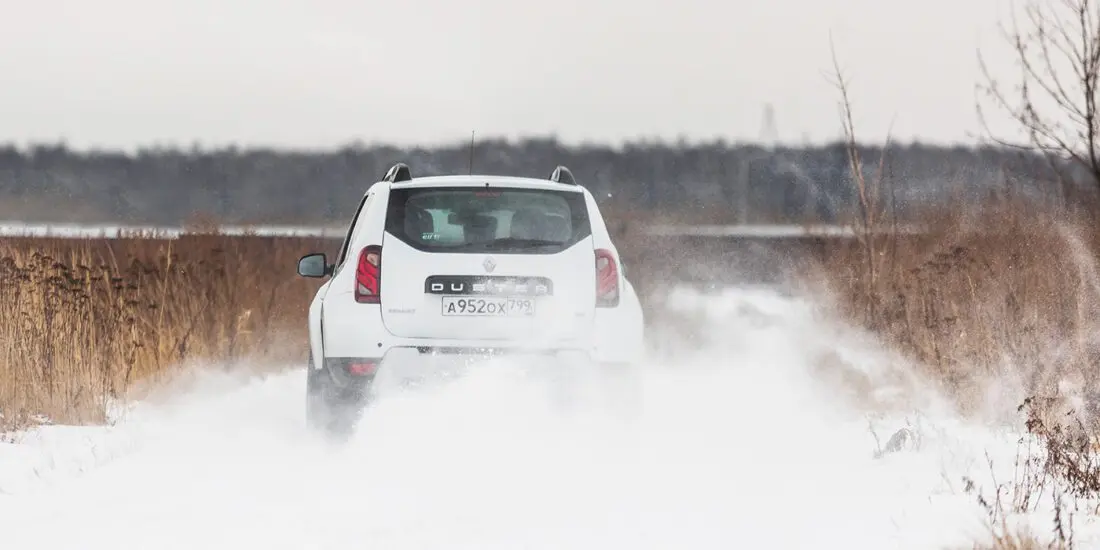
Subjectively, a car with a CVT feels more dynamic. Thanks to a two-stage planetary gear docked with the transmission and a sharper response to the gas, it joyfully takes off from its place. It's a pity there is no sport mode here - only manual selection of virtual steps. As befits a modern transmission, it runs smoothly and almost imperceptibly. At speeds over 100 km / h, the same motor, combined with the “mechanics”, is already yelling loudly, and with the CVT it is still quiet - the main gear is longer here, and the gear range is wider. On average, the variator should be more economical than the “automatic” by a couple of liters, but this is if you drive smoothly. Sharp accelerations equalize the appetite of cars.
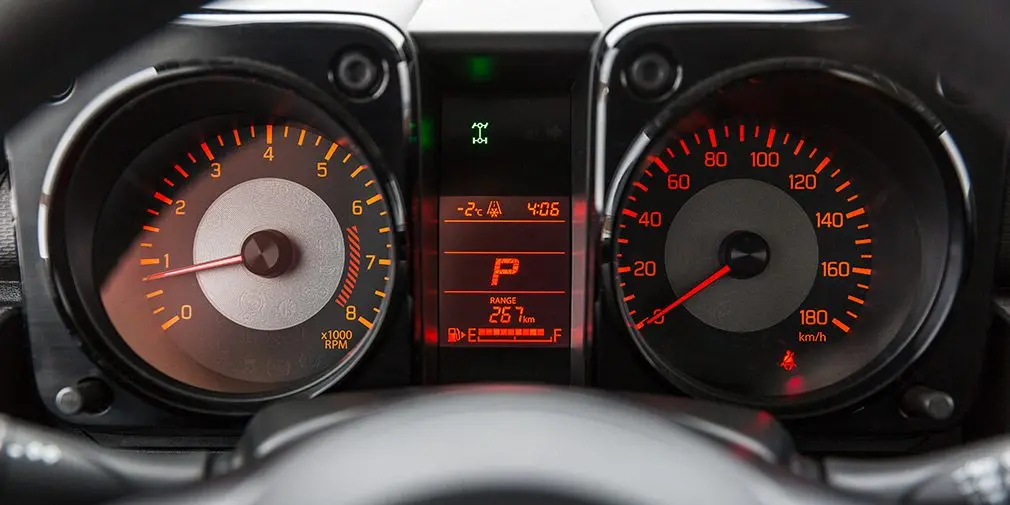
Prices for a car with a CVT start at $ 12 - this is the price of a car in the average Drive configuration on 851-inch wheels with a leather-wrapped steering wheel and heated front seats. For the top version with climate control and multimedia with a touchscreen and navigation, they ask for $17. Thus, the surcharge for the variator in comparison with the Kaptur 13 liter with "mechanics" is $ 495. The benefit in comparison with the all-wheel drive “automated” Renault Kaptur already reaches $ 1,6. Hyundai Creta with a 786-speed automatic and Ford EcoSport with a robot start with even lower price tags, but in more expensive trim levels the difference between them and the Capture is not so obvious.
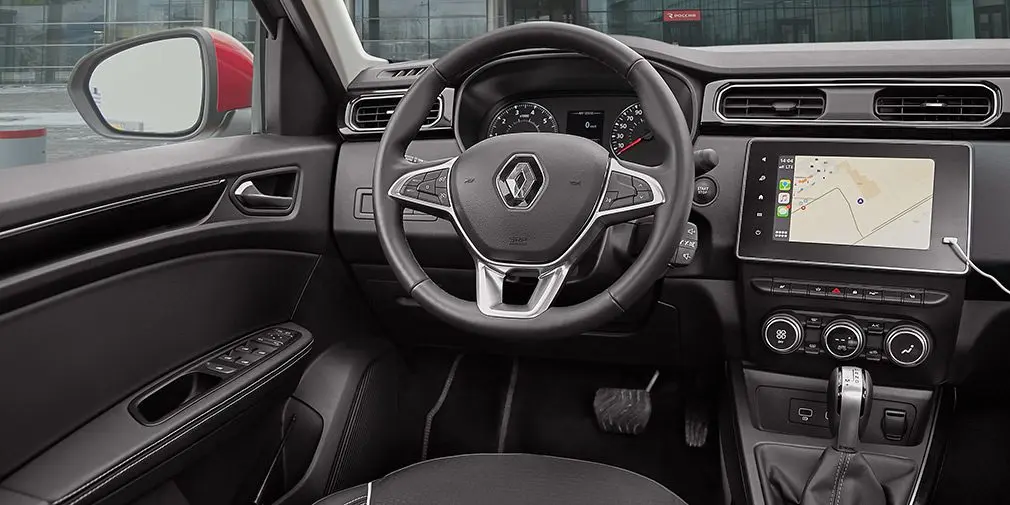
Renault Kaptur was created specifically for Russia and has nothing to do with the European Captur, except for the external resemblance: it is larger and better adapted to Russian conditions. The bet played - by the end of August, the number of cars sold exceeded five thousand. The main competitor Creta started sharper and sharpened the competition to the limit. Therefore, Renault, with the zeal of the military space forces of the Russian Federation, throws the segment with "bombs" one heavier than the other and, quite possibly, it will have to come up with something else for its urban crossover, besides a new transmission and color styling.
